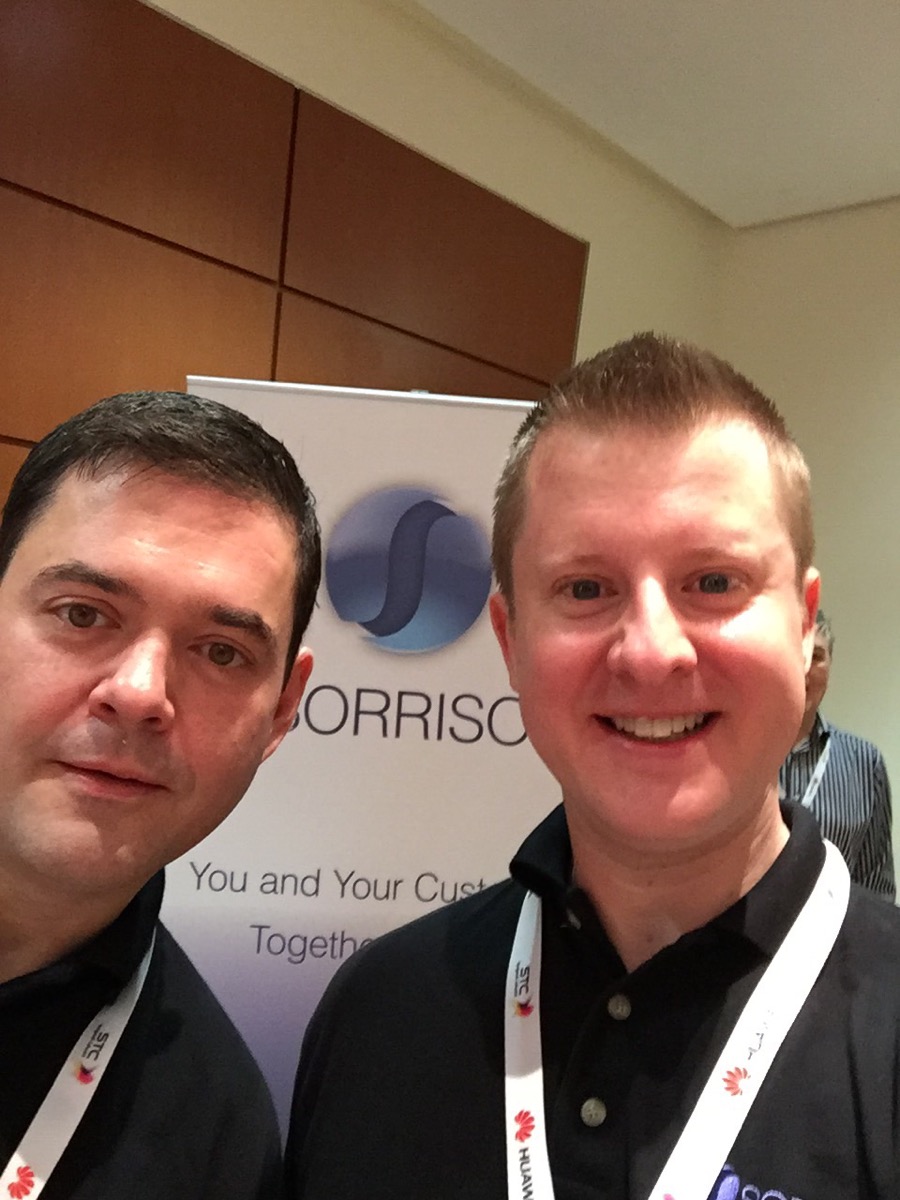Last month, we found a number of excellent articles and blog posts covering how some of the world’s largest companies are tackling digital transformation. After reading about a number of exemplary digitally transforming companies, one thing is clear – strategy and a committed team are key to digital transformation success! In the past year, “digital transformation” has become a clear necessity for companies even though the phrase itself can mean different things to different organizations and teams. We thought these articles were helpful and thought provoking for anyone in the midst of a digital transformation impacting the customer experience and IT and we hope you find them helpful too.
1. McDonalds goes for a complete overhaul to stay digitally relevant.
McDonalds’ CMO, Deborah Wahl, reflects on the company’s ongoing digital transformation at the Adobe Summit 2016. From the early adoption of mobile payments to partnering with Ford to evolve the drive through experience, McDonalds’ stays focused on solving real customer needs while advancing digitally. We really enjoyed this article on Marketing Interactive because it covered past, present, and future realities of the digital customer experience while reminding us not to get distracted in the buzz of digital transformation, but to remember the original intent behind these initiatives – to make your customers happy!
2. How GE handles digital transformation – anticipating the necessities of the future
While not all of us may have crystal balls lying around to predict the future, GE has strategized and executed on its transformations by “looking out 15 years or more and asking simple questions to gauge what their core business must look like to remain competitive.” After witnessing the rapid transformation of media at NBC, GE learned to look beyond the immediate future and agree on what the long term future would look like, then working backwards to understand what the priorities and projects should be now. From industrial revolutions to digital transformations, GE is an excellent example to take inspiration from and Maxwell Wessel’s post to Medium is a thoughtful read.
3. Adapting the use of BI to elevate the security customer experience
A nice article by Jennifer Lonoff Schiff that takes a look at Protection 1, a residential and business security company, as an example of an organization that used digital transformation initiatives to improve their customer experience. By developing an in-house, business intelligence solution that called upon all of Protection 1’s databases, Protection 1 strengthened their customer service team by getting actionable data into their hands more quickly. We particularly enjoyed this example of success because we can relate to developing business intelligence solutions that provide a unified view of customer data. We’ve actually specialized in exactly this for a number of telcos and have, developed our own SmartView module that accomplishes exactly this. But enough about us, Schiff’s article also touches on how Protection 1 empowers customers with transparency and new self service portals while also optimizing the call center.
4. How Aviva is transforming the digital customer experience in insurance
Beyond shifting its marketing strategy from product-based—insurance for your car, your home, your life—to propositions tailored to life stages and life events, Aviva is tackling a global digital transformation to stay relevant with their customers and ready for the future. For the entire company, Aviva is building a common digital platform from the API layer up. Down the road, the different countries of Aviva offices can choose to add on innovations to this platform as they’ll best suit the customers in their region. In addition to these major technology efforts, Aviva is also focused on adapting the company culture to coincide with its digital transformation.
5. McKinsey says Telcos focused on these 5 areas of IT boast a profit margin of 43% vs 21% for those that don’t
And what are those 5 areas?
- Establishing robust customer analytics capabilities
- Digitizing the order management process
- Digitizing the customer relationship management process
- Streamlining the application landscape
- Standardizing and automating the IT infrastructure
McKinsey recently benchmarked 80 telecommunications companies and found a correlation between the companies that all focused on the 5 IT areas listed above and an increased profit margin as compared to companies that had not accomplished the 5 IT initiatives. A great read because it covers the why and how to execute on these core projects.
Are you working on a digital transformation?
We’d love to hear from you! Reach out to us on Twitter or drop us a line some time if you’d like to have a creative discussion on overcoming any of your digital transformation challenges.












